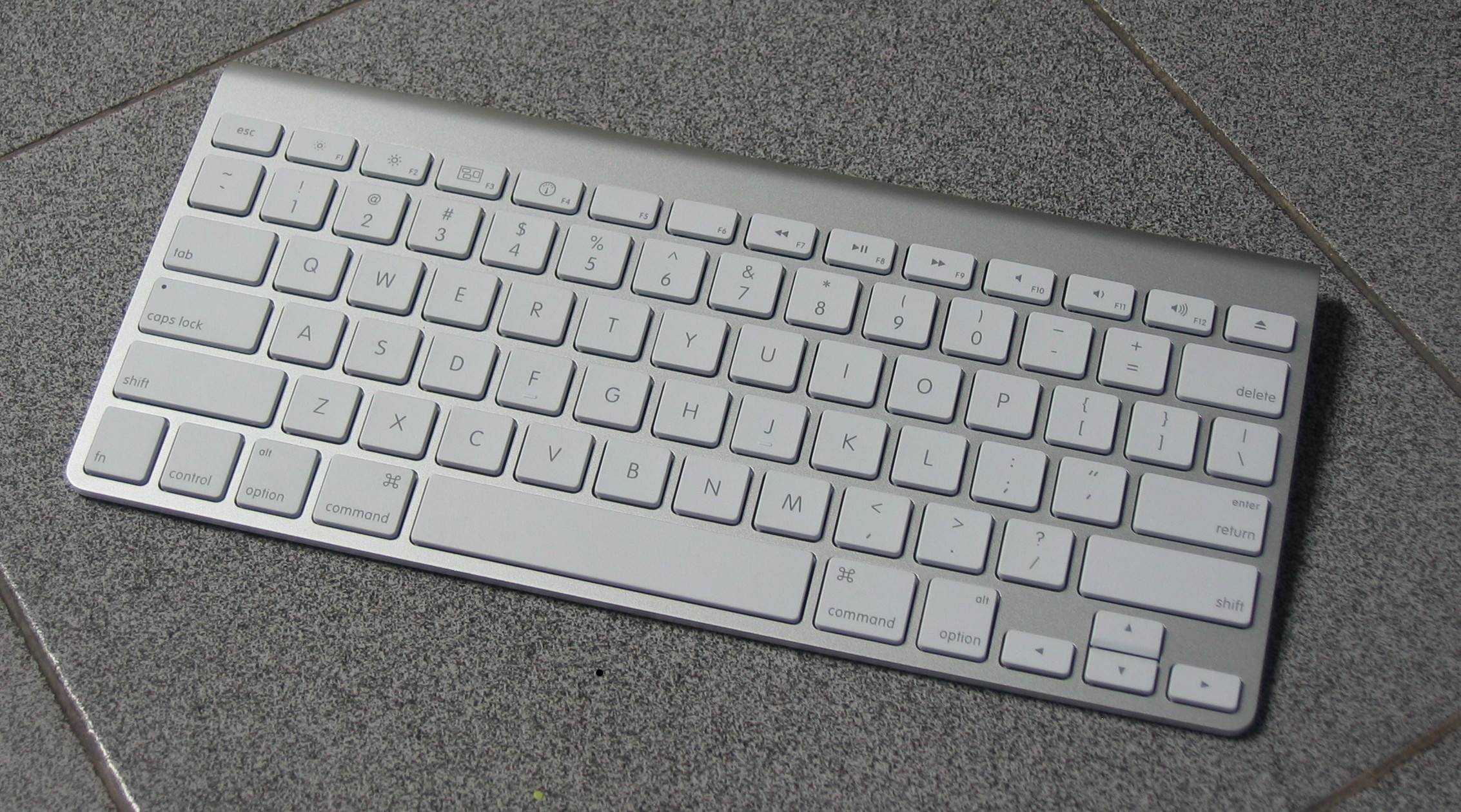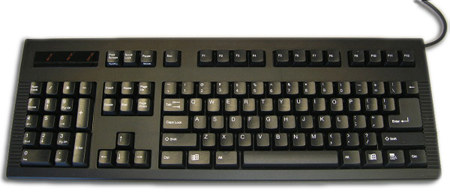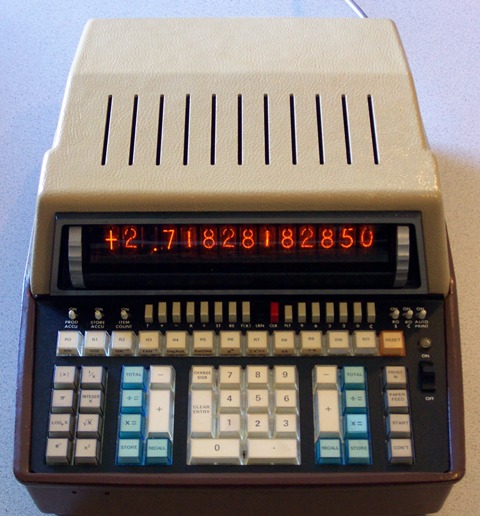Normally I use a wireless keyboard without a number pad and a mouse right next to it. Having started a new job, I was finding my right arm somewhat more sore. This was confusing until I realized:
- Each time I swap mouse/keyboard with my right hand I have about 13" EXTRA movement (numpad is about 6.5" wide)
- My right arm is forced out slightly as compared with natural because of the extra distance
- I do this movement roughly 2-5 times each minute depending on my current task
- I use the number pad about 0.1% of the time my arm moves over it - maybe
This results in roughly a quarter mile of extra movement during the day (again depending on what I'm doing, unfortunately most content creation in Office applications requires TONS of this, internet browsing can be high if vimium doesn't work, coding is much less, etc).
Let me say that again:
- I move my arm a quarter mile a day extra because my keyboard has a numbpad built-in
This is awful HCI/UX/ergonomics. Spend some time doing normal tasks and pay attention to this for yourself.
Yet in spite of this, I've found it hard to find non-numbpad keyboards. You can find them on laptops but stand-alone keyboards its much less common.
Are there compelling reasons this change has not happened on hardware more commonly? I can really think of only one, that being inertia and perceived resistance to change.







